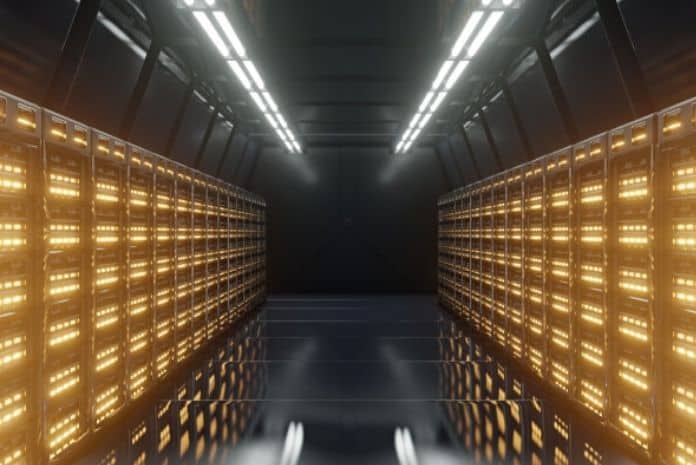By Vimal Kaw, Head, Data Center Services, NTT Ltd. In India
With demand surging, data centers are changing rapidly with a sustained focus on quick scalability, greater efficiencies and lower TCO. To quickly cope up with the increased demands, there has been a surge of new innovations and trends that an enterprise needs to keep a close eye.
We list down some of the most important trends and technologies that you need to watch for in the future:
Net Zero Data Center
Climate change and sustainability is now attracting the attention of boardrooms, and is considered an important competitive differentiator for data centers, now and in the future. Recently, Microsoft outlined its vision for a zero-carbon cloud, which means that the company wants to power all its data centers around the world with carbon-free energy all the time by 2030. This is an ambitious goal as it aims to power all facilities with carbon-free energy on a 24/7 basis in all the places that the company operates. Microsoft is not the only company to aim for this ambitious goal. Last year, Google made a similar announcement, when it said that it wants to run its data centers on carbon-free energy everywhere at all times by 2030. As the focus on sustainability increases, we expect this to be a major trend and a key consideration for all enterprises.
Satellite broadband
Low Earth Orbit (LEO) satellites can change the way the world fulfills its connectivity needs. Organizations such as SpaceX, Amazon and OneWeb are all surging ahead with plans to deliver low-latency high-speed broadband using low earth orbit satellites. As these satellites are over 60 times closer to earth than traditional satellites, they promise lower latency. These are also well suited for providing connectivity in areas where providing traditional connectivity has been extremely challenging or difficult – such as mountainous regions or remote villages.
Low orbit satellites can change the way the world connects, and create a surge of edge data centers in remote locations, allowing enterprises to get access to critical business applications, wherever they are located. They can also be used to provide inter-connection points to data centers, with an objective to reduce latency and provide a performance boost to applications that require rapid responsiveness. There has been a lot of activity around low earth orbit satellites. For example, Google recently signed a partnership with Elon Musk’s company, SpaceX, to deliver data, cloud services, and applications to customers at the network edge, leveraging SpaceX’s ability to provide high-speed broadband Internet around the world and Google Cloud’s infrastructure.Similarly, Microsoft is working with SpaceX to provide satellite-powered Internet connectivity on Azure. The two companies jointly plan to provide satellite connectivity utilizing both field-deployed assets and cloud resources across the globe to both the public and private sector via SpaceX’s Starlink satellite network. These partnerships can have a big impact on the growth of edge data centers.
AI in data centers
Enterprise data centers have traditionally been operated manually, demanding high levels of monitoring by alert and skilled people. Recent advances in AI are making it possible to automate many processes. For example, AI can be used to automatically scan and update software updates or patches where required. AI can also be used to proactively identify and alert issues related to network or application performance or security. AI can also be used to significantly improve data center performance and reliability through the ability to predict failure and optimize performance of IT infrastructure. More importantly, AI can be used to forecast capacity and help an enterprise scale their IT infrastructure accordingly, by capturing real-time insights generated from daily transactions and traffic volumes.
If you have an interesting article / experience / case study to share, please get in touch with us at [email protected]














